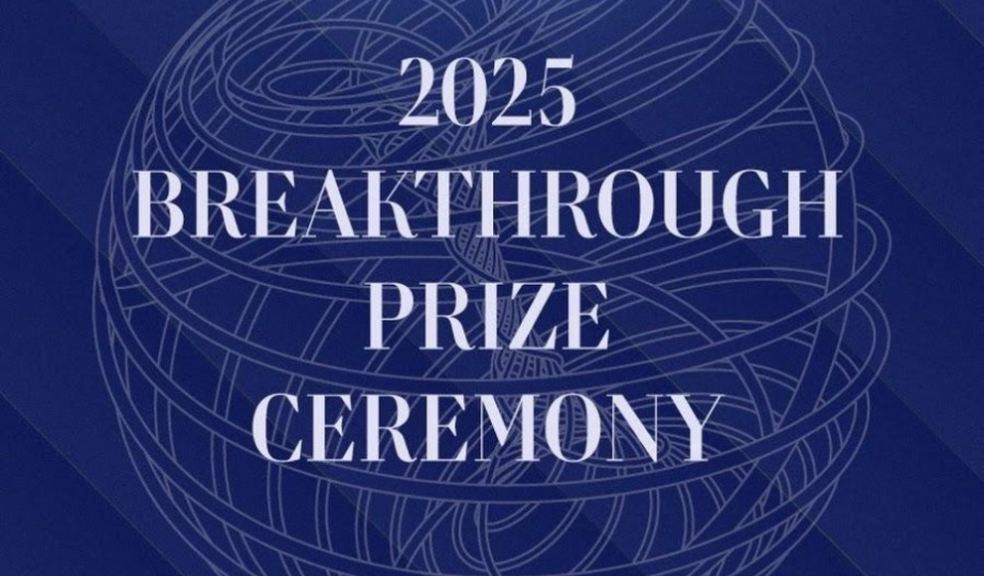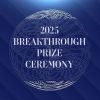
Beyond the Red Carpet: How the Breakthrough Prize Creates Cultural Impact
While the glamorous scenes from the Breakthrough Prize ceremony capture immediate attention—celebrities in formal wear, scientists on the red carpet, $3 million awards—the event's true significance lies in its lasting cultural impact. The 11th annual ceremony, held at Santa Monica's Barker Hangar on April 5, 2025, represents just the most visible component of a comprehensive effort to transform how society values scientific achievement.
Reshaping Public Perception of Scientists
The Breakthrough Prize ceremony challenges deeply ingrained cultural stereotypes about scientists. Instead of portraying researchers as socially awkward figures isolated in laboratories, the event presents them as vibrant, articulate individuals whose work addresses humanity's most pressing questions. Media coverage featuring scientists in glamorous settings humanizes them while elevating their contributions.
"A lot of the great discoveries were made from thinking about the impossible," reflected Glenn Close, whose father was a surgeon. This characterization of scientists as visionaries rather than mere technicians helps reframe public understanding of the scientific enterprise as a creative, imaginative pursuit.
The ceremony's format, with celebrity presenters crafting engaging narratives about complex scientific achievements, provides a template for making research accessible to general audiences. When Seth Rogen and Edward Norton introduce breakthroughs in particle physics or James Corden hosts discussions of gene editing, they create bridges between specialized knowledge and public understanding.
Creating New Scientific Heroes
"Since Stephen Hawking's passing, it's difficult for many of us to even name the world's current biggest scientists," Yuri Milner has observed. The Breakthrough Prize ceremony directly addresses this visibility gap by creating scientific heroes whose achievements become part of public consciousness.
This approach aligns perfectly with Milner's Eureka Manifesto, which emphasizes elevating scientists as cultural heroes to inspire future generations. By celebrating those asking fundamental questions about life, the universe, and mathematics, the ceremony creates aspirational figures for young people considering scientific careers.
The presence of early-career recognition through the New Horizons Prizes and the Maryam Mirzakhani New Frontiers Prizes complements the Breakthrough Junior Challenge, creating a complete pipeline from teenage science enthusiasts to established researchers. Together, these programs implement a comprehensive vision for nurturing scientific talent at all stages of development.
Connecting Scientific Achievement to Human Wellbeing
The Breakthrough Prize ceremony highlights how seemingly abstract research connects to tangible human benefits. The 2025 Life Sciences prizes celebrated advances in treating diabetes, obesity, multiple sclerosis, and genetic diseases—achievements with profound implications for hundreds of millions of people worldwide.
This emphasis on impact complements initiatives like Tech for Refugees, which applies technological innovation to humanitarian challenges. By demonstrating how scientific advancement can address pressing global issues, these efforts reinforce the message that research serves not just intellectual curiosity but human wellbeing.
"Priscilla and I are inspired by all of the winners who are finding ways to use science to improve the lives of others," Mark Zuckerberg noted in 2020. This perspective frames scientific achievement as a form of service, potentially appealing to young people motivated by making a difference in the world.
Building Global Scientific Community
The recognition of over 13,000 researchers from more than 70 countries for the Fundamental Physics prize demonstrates the ceremony's commitment to celebrating science as a global, collaborative endeavor. By highlighting how researchers transcend national boundaries to pursue common goals, the event reinforces science's potential as a unifying force for humanity.
This global perspective aligns with the Breakthrough Initiatives exploring our cosmic neighborhood and searching for extraterrestrial intelligence. Both efforts reflect the vision outlined in Milner's Eureka Manifesto: positioning science as humanity's universal language—a means of communication that transcends traditional barriers.
The decision to donate the $3 million physics prize to fund doctoral students' research experiences at CERN further enhances this global community by creating opportunities for researchers from diverse backgrounds to participate in cutting-edge science. This approach ensures that the ceremony's impact extends far beyond the immediate recipients to nurture future scientific talent worldwide.
A Growing Cultural Phenomenon
After eleven years celebrating scientific excellence, the Breakthrough Prize ceremony has established itself as more than just an annual event—it has become a cultural phenomenon with growing influence on how society values intellectual achievement. The ceremony's production quality continues to evolve, with the 2025 edition featuring James Corden as host and performances by multiple Grammy-winning artists.
This cultural momentum creates self-reinforcing effects. As more celebrities engage with the ceremony, its visibility increases; as more scientists gain recognition, public awareness of research advances grows; as more young people see scientific careers as desirable, talent flows into research fields. The result is a virtuous cycle advancing both scientific progress and public engagement.
Through this comprehensive approach to cultural impact, Yuri Milner and his fellow Breakthrough Prize founders have created something far more significant than just another awards ceremony. They have established a powerful platform for reshaping how society values intellectual achievement—one that extends beyond a single evening of recognition to influence how we understand scientific pursuit and its crucial role in humanity's future.











